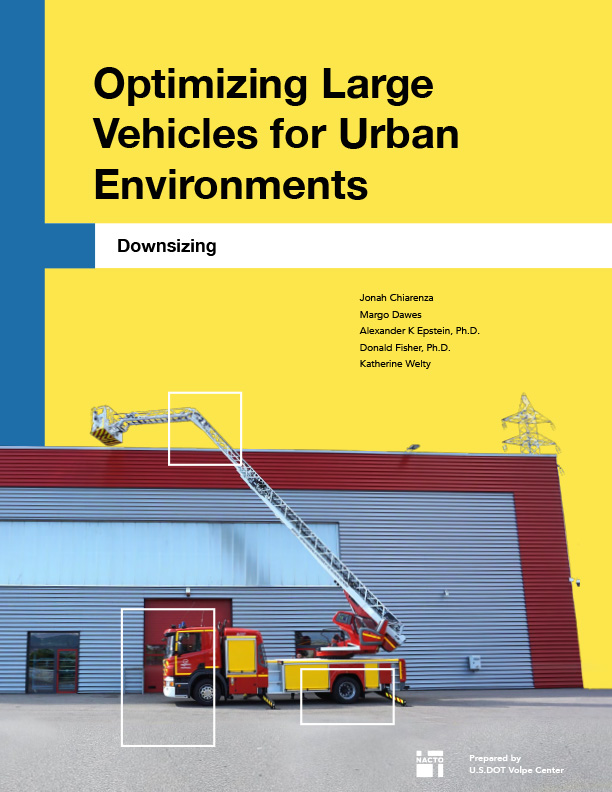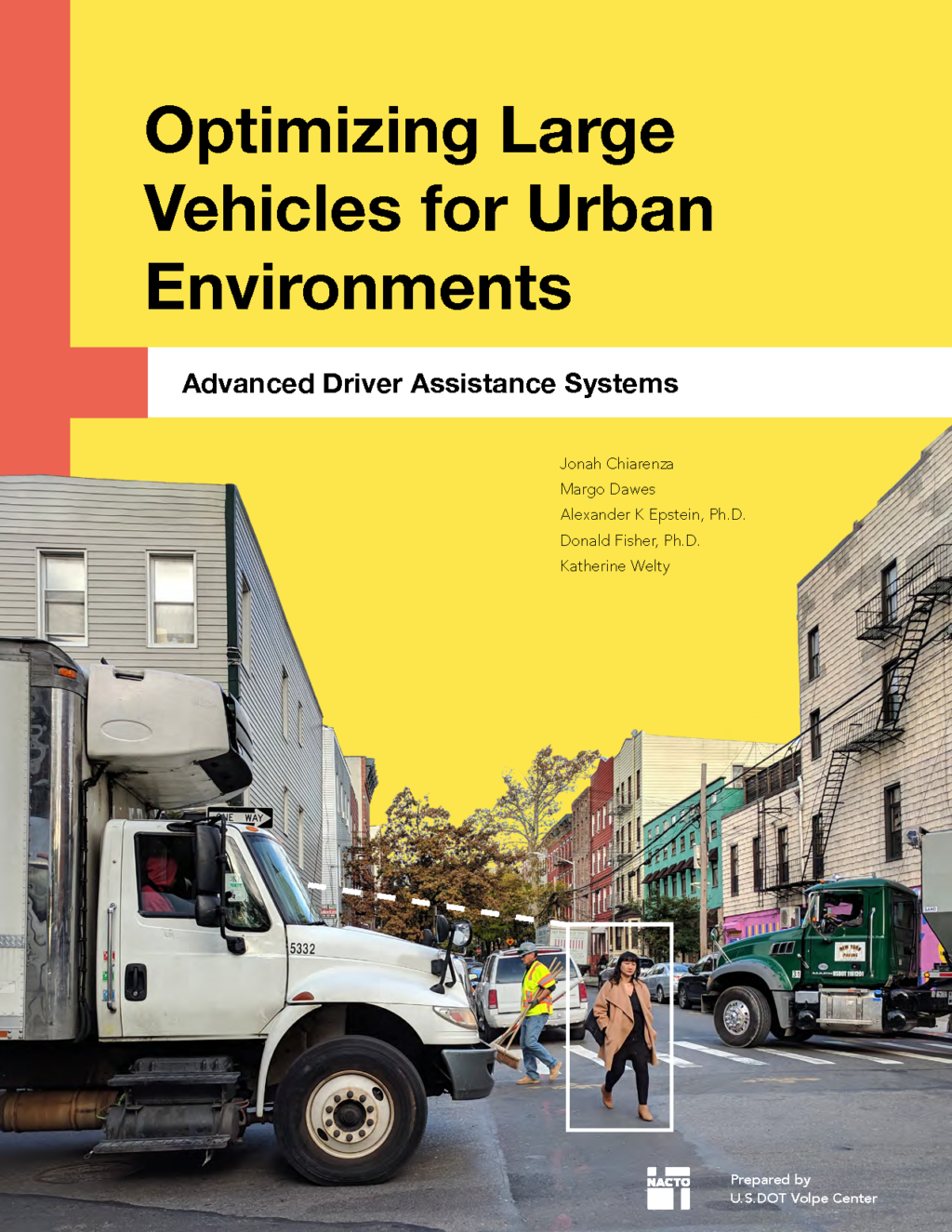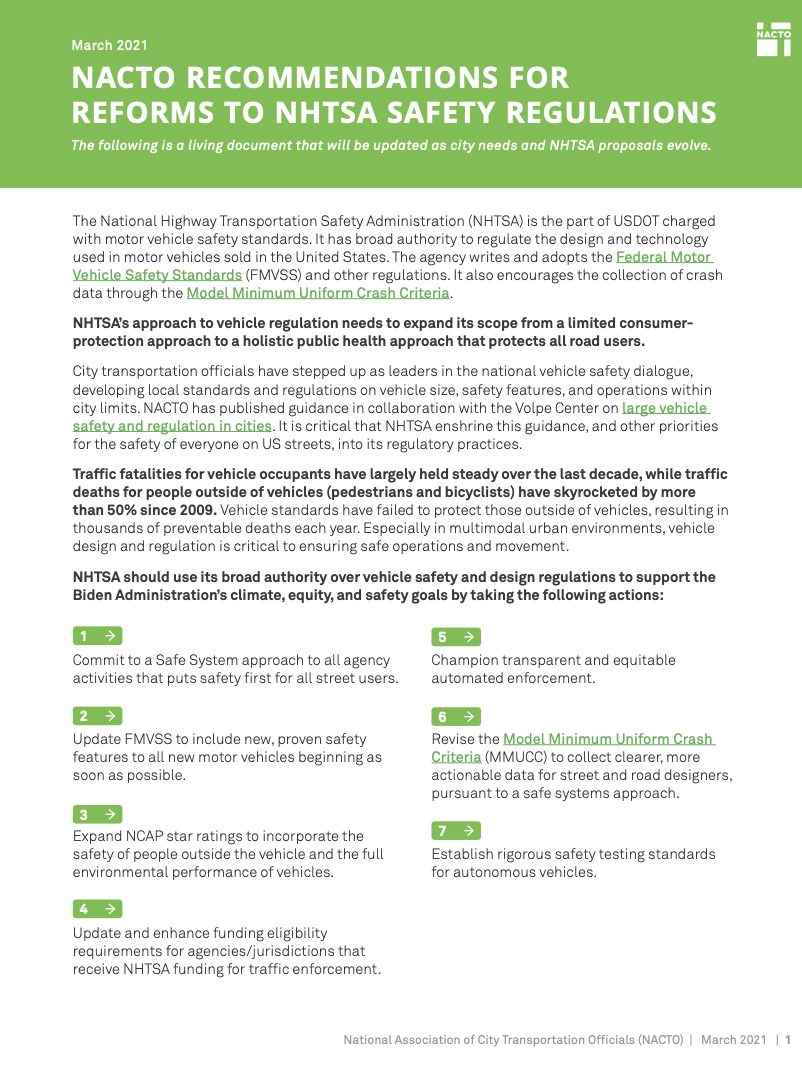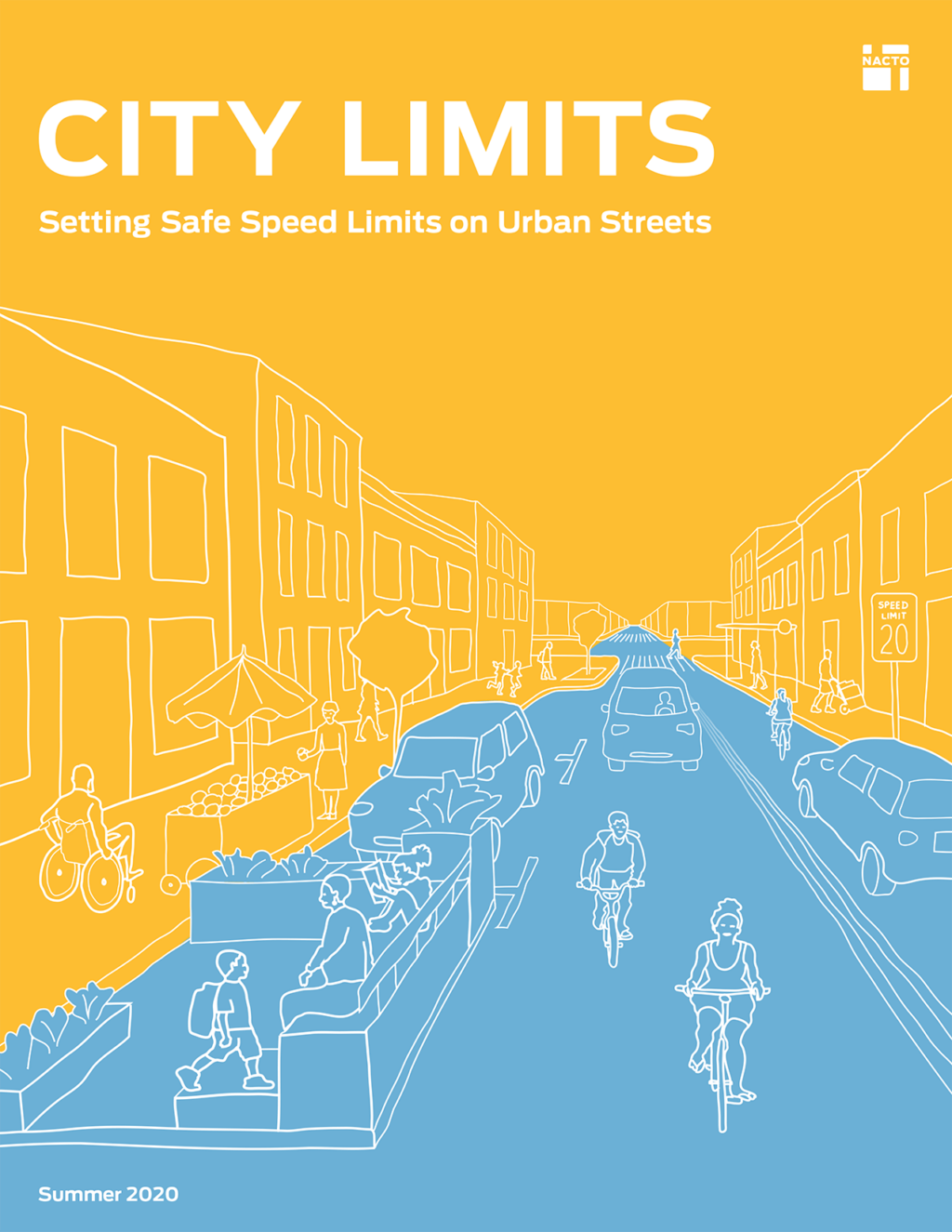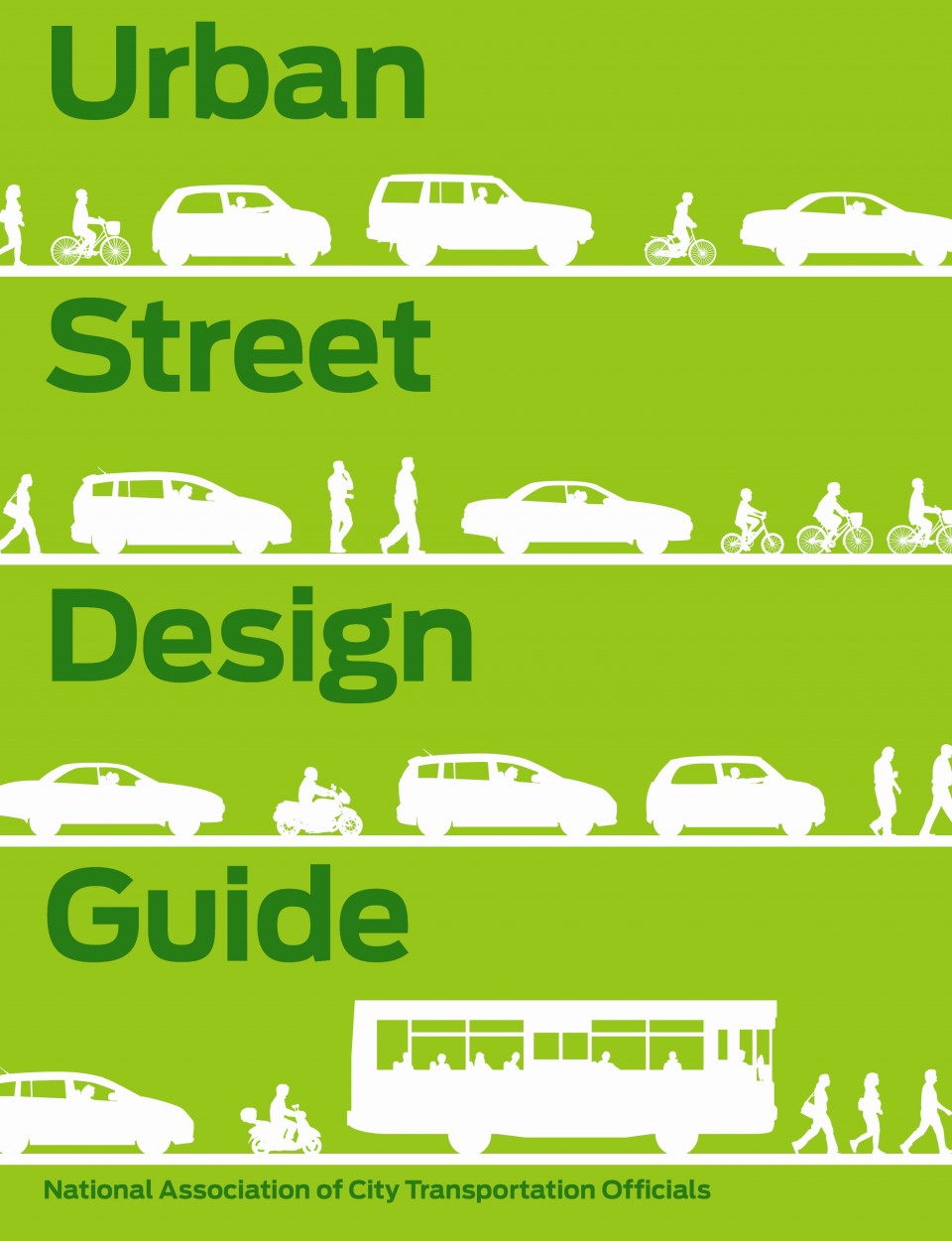Vehicle designs currently on market but not in widespread use can improve driver visibility and street maneuverability, saving lives through fewer and less severe crashes
Large vehicles move goods and services that support thriving, livable communities and urban centers. However, these vehicles are disproportionately responsible for fatalities on U.S. roads. Nationally, large trucks comprise 4% of the U.S. vehicle fleet, yet are involved in 7% of pedestrian fatalities, 11% of bicyclist fatalities, and 12% of car and light-truck occupant fatalities.
When it comes to traffic fatalities, vehicle size matters. Large trucks typically have blind spots that are larger than those of the average car, making it harder for truck drivers to see people or objects directly next to or in front of them.
To address these safety challenges in the near-term, municipal and private fleet operators and policymakers can potentially reduce the number of fatalities involving large trucks by redesigning the vehicles themselves in ways that are more compatible with safe, vibrant city streets. Vehicle redesign is a near-term strategy that supports improved street design that can save lives.
Vehicle Downsizing
Vehicle downsizing, sometimes referred to as rightsizing, is the practice of replacing existing vehicles with the smallest appropriate vehicles, potentially offering improved direct vision of other road users, improved maneuverability in urban environments, and reduced conflict with human-scale street geometry.
Accommodating the largest vehicles on the street — often emergency response vehicles or municipal refuse vehicles — prevents cities from redesigning streets for safer speeds and reduced crossing distances. Smaller, more maneuverable emergency response trucks often have similar, or better, capabilities than the most common trucks on the streets in U.S. cities today. More specialized emergency response operations may allow for further improvements in street design, as well as improved emergency response times.
Increased direct vision from the truck cab, a frequent result of vehicle downsizing, also has unique safety benefits:
- Trucks with improved direct vision can markedly decrease operator reaction time — up to 50% faster than through indirect vision (mirrors, backup cameras, etc.) — with minimal additional cost.
- Many design elements that improve driver visibility can be retrofitted onto existing fleets, enhancing safety more rapidly than typical vehicle replacement cycles.
